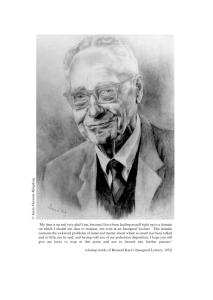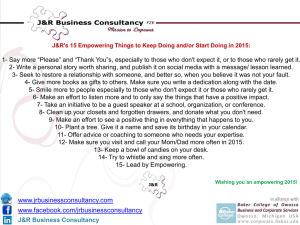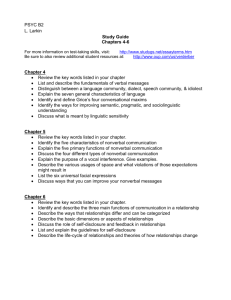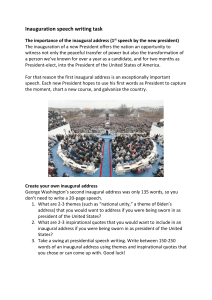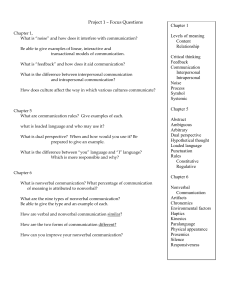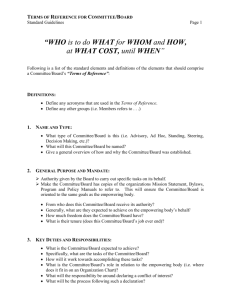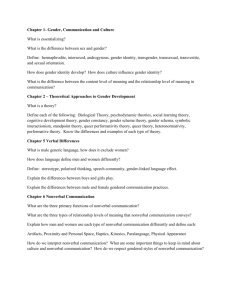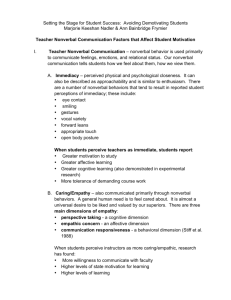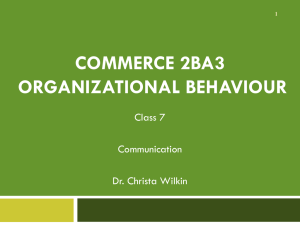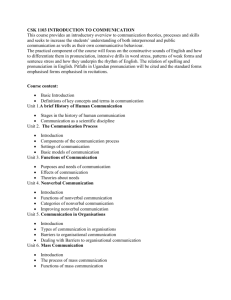Speech - legacyboush
advertisement
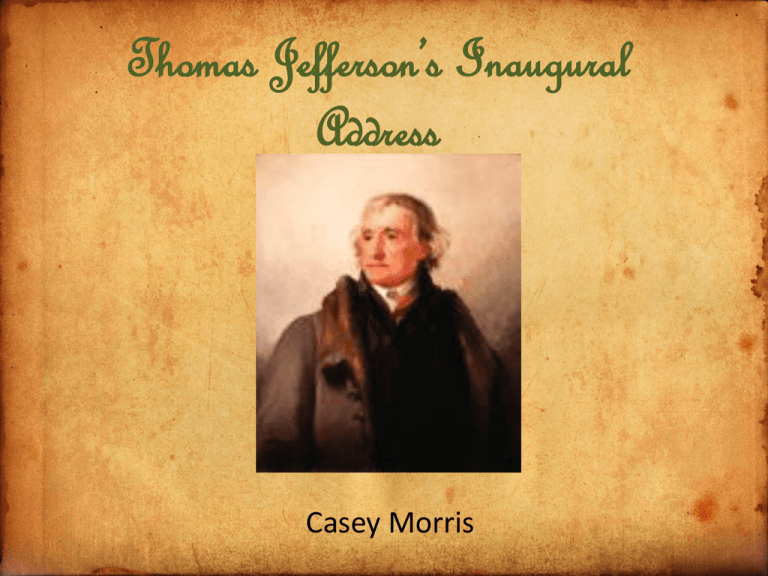
Thomas Jefferson’s Inaugural Address Casey Morris Historical Context • Topic- The past, present, and future of the United States • Purpose- Inaugural address. He wants to thank, support, and unite the people. • When- March 4,1801 • Where- White House in Washington DC • Audience- White males who could vote. • Historical significance- The first president to hold the Inauguration at the White House. First election with two political parties. Strategy • Time and Place- A brand new, important location for the president. The Country was still very young. • Circumstances- He had to prove that he was going to be the right president. • Audience-Mostly supporters of Jefferson. Maybe some Federalists. Tone • • • • • His tone changes Start: Thankful and appreciative Middle: Empowering and confident End: Empowering and unifying One paragraph is angry and frustrated. Modes of Persuasion • Pathos- First person plural (we, us). – Issued stressed: Equality and freedoms of the people and government. • Ethos- Bill of Rights, Constitution, Constitutional Convention, and the start of the USA. • Logos: No statistics of fallacies. Organization • Start- He thanks voters for choosing him. “…my fellow citizens which is here assembled to express my grateful thanks” • Thesis- “Utterly, indeed, should I despair not the presence of many whom I here see remind me that in the other high authorities provided by our Constitution I shall fin resources of wisdom, of virtue and of zeal on which to rely under all difficulties.” • Speech flow- Thanks, unities, states his platform, asks for support. • End- Ask for support and for confidence in “we”. Literary Devices & Other Techniques • Imagery- “A rising nation, spread over a wide and fruitful land, traversing all the seas with the rich productions of their industry…” • Metaphor- “… for that guidance and support which may enable us to steer with safety the vessel in which we are embarked amidst…” • Allusions- “…freedom of religion, freedom of the press and freedom of person under the protection of habeas corpus…” Literary Devices & Other Techniques • Rhetorical Question- “Can he, then, be trusted with the government of others? Or have we found angels in the forms of kings to govern him?” • Parallel wording, juxtaposition of opposites , and humor are not used. Nonverbal Communication • We can’t know what his exact nonverbal communication was because it wasn’t recorded. • He was said not be a strong public speaker so he spent a lot of time writing them to perfection.
